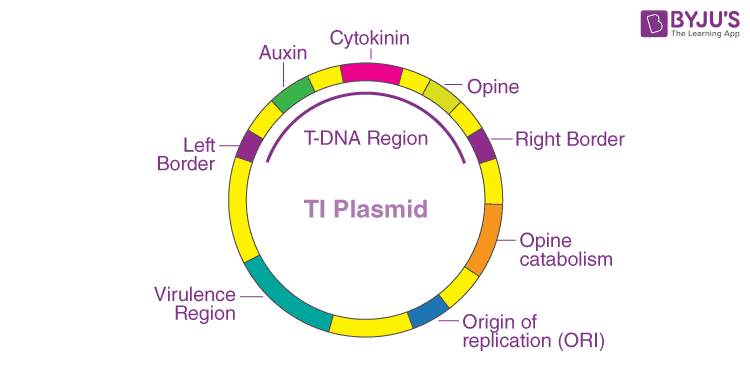What is an expression vector?
It is a plasmid or virus that is specially designed for expressing genes in a cell. It is a vector widely used for protein production. They have basic features of a vector like ori (origin of replication), insertion site, a selectable marker, etc. Additionally, they also have regulatory elements that aid in protein synthesis. Thus, the vector DNA fragment also carries a proper sequence for protein synthesis.

What is a cloning vector?
It is a small DNA fragment that has the stability to act as a vector for cloning purposes. Usually, foreign DNA is inserted into the cloning vector. After reaching the target cell, they can replicate and integrate with the target or host. These vectors can be of a virus cell, bacterial cell or even plasmid of a bacterial cell.
Extended Reading: Cloning vector.
Difference between Cloning Vector and Expression Vector
Cloning Vector |
Expression Vector |
| A cloning vector is used to acquire multiple copies of the foreign DNA fragment (gene of interest). | An expression vector is utilised to acquire the gene product, which might be RNA or protein, of the DNA (gene of interest). |
| They have features like ori (origin of replication), restriction sites, antibiotic resistance and also reporter gene. | They have similar features to a typical vector, and also have regulatory elements like promoters, enhancers, termination sequence, initiation sites, stop codon, etc. |
| Examples – Plasmid, BAC, YAC, Cosmid, Phages, etc. | Plasmid or sometimes even virus has the capacity to become an expression vector. |
Also Read: Plasmid
Frequently Asked Questions
Are expression vectors also cloning vectors?
Expression vectors are specially designed cloning vectors. They aid in the transcription and protein translation process of the desired DNA fragment. They contain all features of a typical cloning vector. Additionally, they also have promoters, enhancers, termination sequence, initiation sites, stop codon, etc., to help in protein synthesis.
What are the types of cloning vectors?
Cloning vectors can be natural or artificial. Plasmids and bacteriophages are commonly used natural cloning vectors. Example – Ti plasmid found in the Agrobacterium tumifecians (plant bacterium). Some plasmids are artificially created to act as vectors. Examples – pBR322 and pUC19. Usually, artificial vectors have a better replication rate than natural cloning vectors.
What is transcription and translation in the protein synthesis process?
The process of copying genetic information from one strand of the DNA into RNA is termed transcription. The RNA that carries the message from the DNA template is the mRNA. Later, the genetic code in the mRNA aids in the synthesis of protein. This process is translation.
Also See: Recombinant DNA Technology

Keep exploring BYJU’S Biology for more exciting topics.
Comments